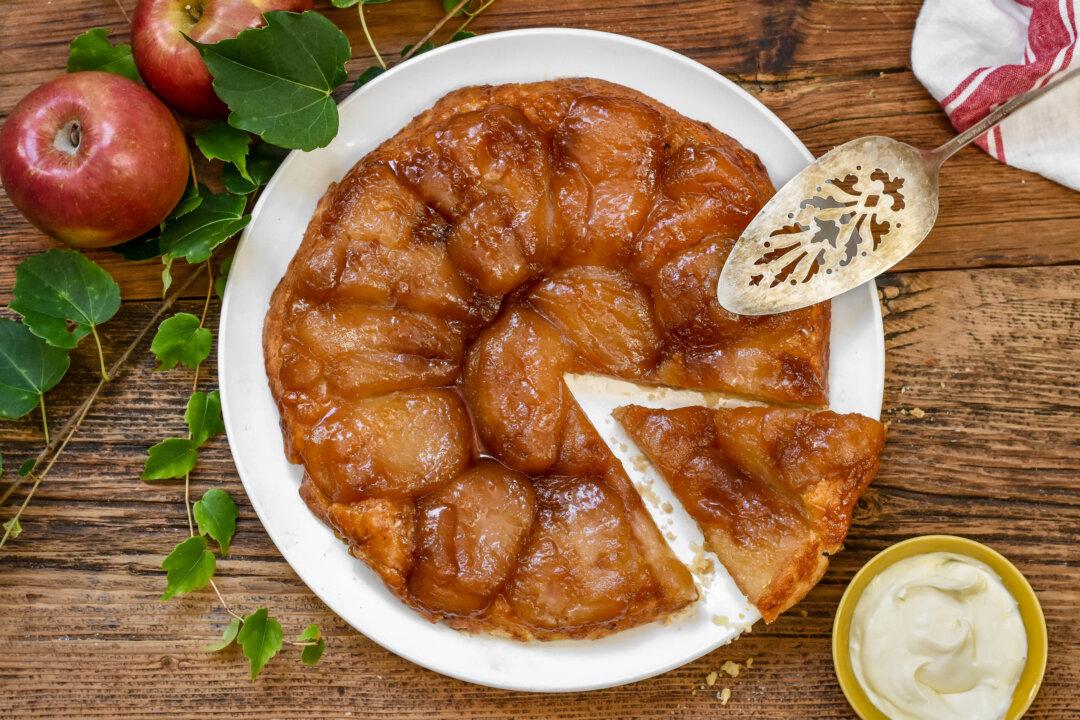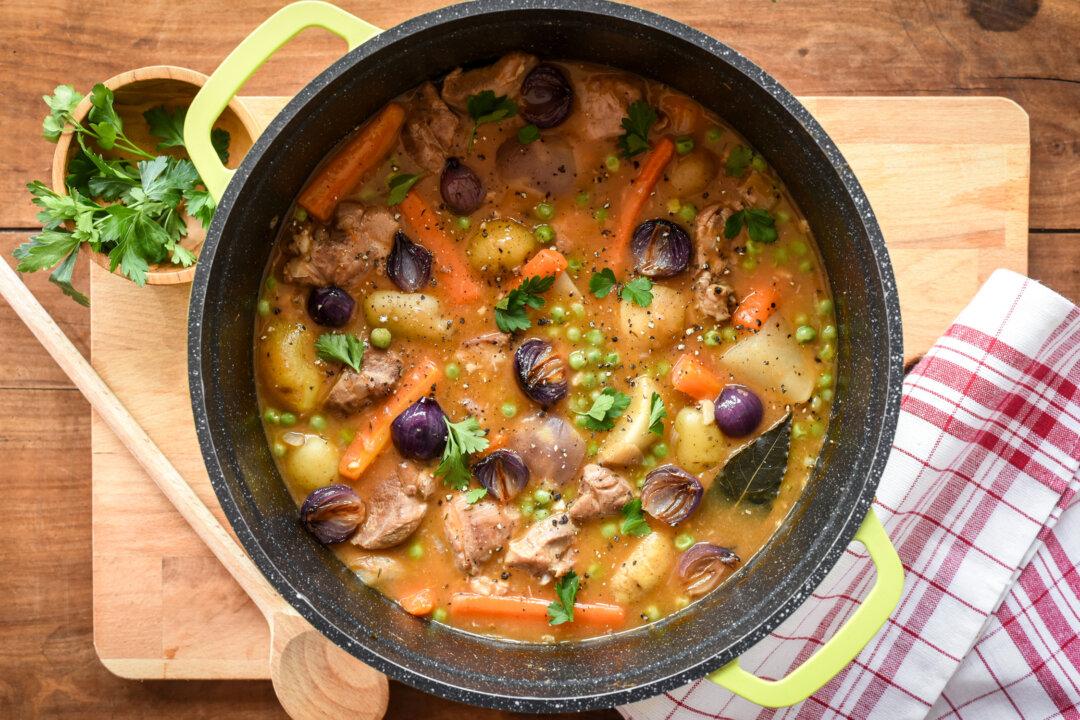What I love most about the tarte Tatin is that it doesn’t have to be perfect. The crust can crumble, the caramel can drip, a few apples can fall out of place. It’s fine. Tarte Tatin will always look appetizing and taste fantastic, no matter what.
This iconic upside-down apple tart defies the cliché of fussy, flawless French desserts, while offering that same rich, sophisticated taste. Made with juicy apples doused in sweet caramel and draped with a buttery crust, it proves how simple ingredients can work magic together.





